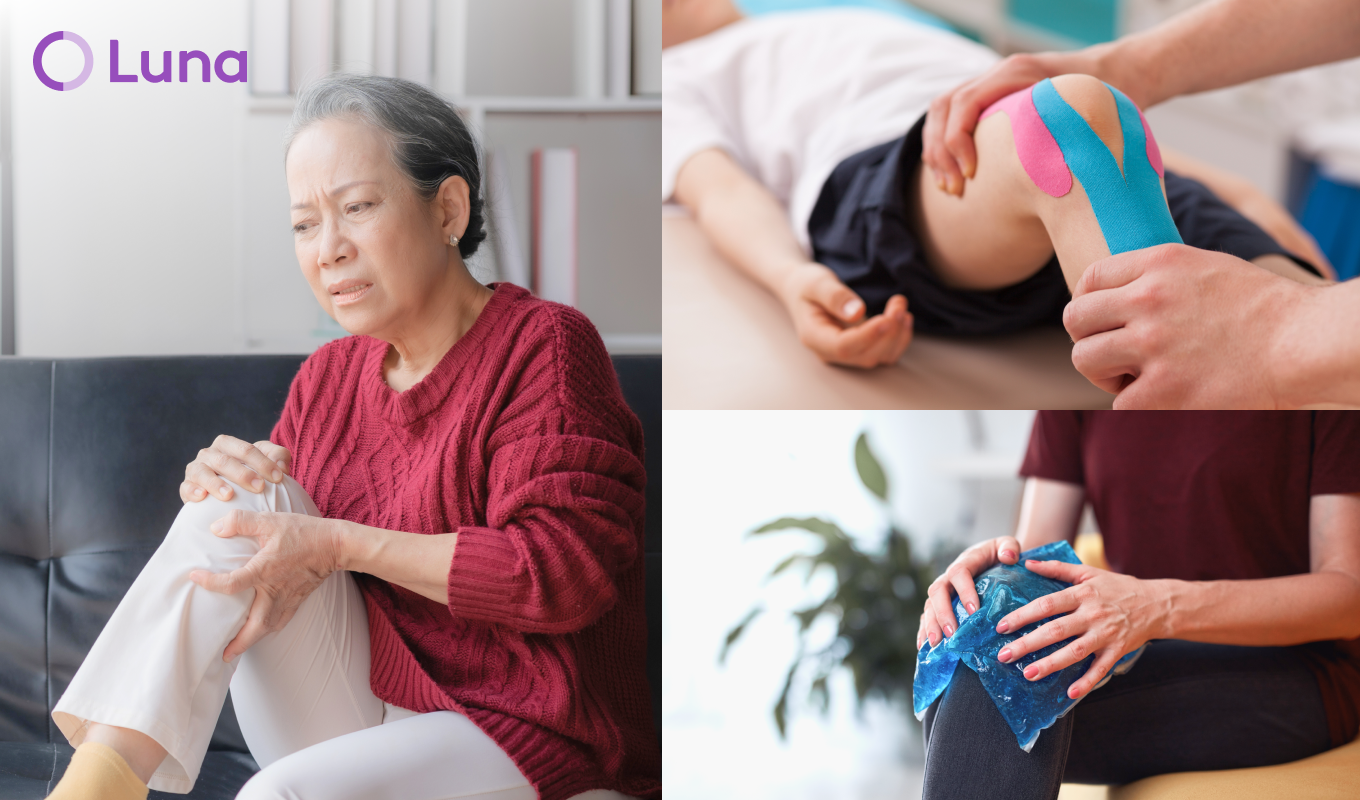
Meet with the best osteoporosis physical therapists in Gwynn Oak, Maryland
Gwynn Oak, Maryland, Luna’s physical therapists are experts in decreasing pain, restoring bone health, and increasing mobility for patients with osteoporosis. Our licensed PTs will work with you to create a personalized course of treatment that alleviates pain while preventing further deterioration of the bone. The ultimate goal of every Luna PT is to help osteoporosis patients return to the activities they enjoy.
Best of all, with Luna, patients can get PT treatment for osteoporosis at home, at the office, at the park, or at the location of their choosing. It’s physical therapy, delivered.

What is osteoporosis?
Affecting about 54 million Americans, osteoporosis is a disease that occurs when the body stops producing new, healthy bone. Much like skin, bone must continue to regenerate and renew in order to remain healthy. When it doesn’t, bones become weak and brittle. This is exactly what happens in patients with osteoporosis.
Osteoporosis is most common in patients over the age of 50, and much more common in women than in men. Studies suggest that up to one in two women and one in four men will break a bone due to osteoporosis at some point. Broken bones are the most common complications resulting from osteoporosis, but patients can also experience chronic discomfort and shrinking as well.
In addition, osteoporosis can limit a patient’s mobility, confining them to the home or forcing them into nursing home care. This can in turn lead to depression and/or feelings of isolation.
Source: National Osteoporosis Foundation

What causes osteoporosis?
Osteoporosis is the direct result of the body absorbing more bone than it produces, which causes the thinning and weakening of the bones over time. Poor diet is frequently linked with osteoporosis. Calcium and other vitamins and minerals can promote healthy bone growth, while excessive protein, caffeine, or sodium may hinder it.
There are also several medical conditions and medications associated with osteoporosis. Patients with intestinal problems, kidney disease, or thyroid problems are at an elevated risk of developing this disease, and patients who are on glucocorticoids, antiseizure medications, proton pump inhibitors, or coumadin should also take measures to preserve bone density.
Lack of exercise, smoking, and excessive alcohol consumption can all weaken the bones and contribute to the development of osteoporosis, as can a number of risk factors that patients cannot control. These include ethnicity (caucasians, asians, and latinos are more at-risk), advanced age, gender (women are more at-risk), having a family history of osteoporosis, having a history of broken or fractured bones, and menopause.
The most common causes of osteoporosis include:
- Poor diet
- Lack of exercise
- Old age
- Menopause
- Certain medical conditions



















